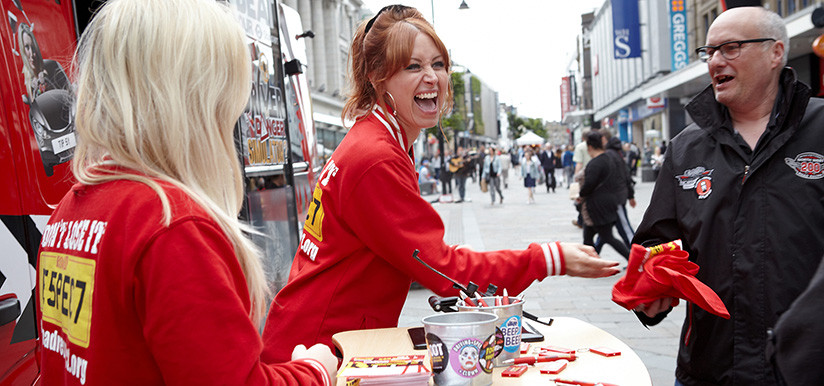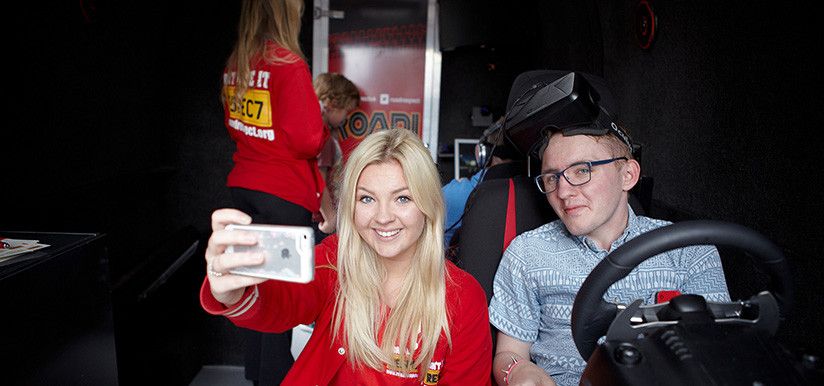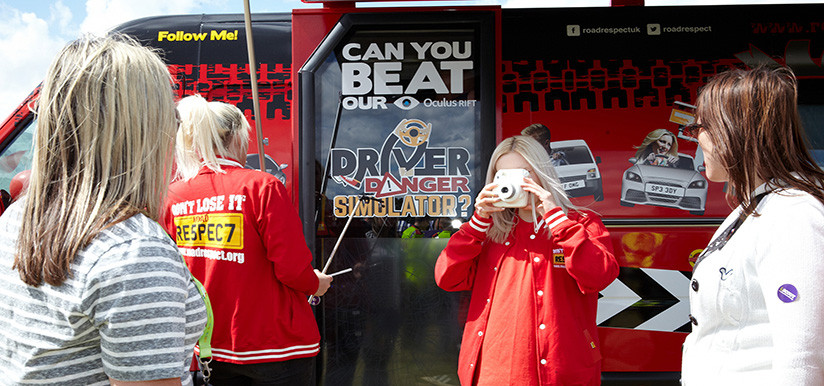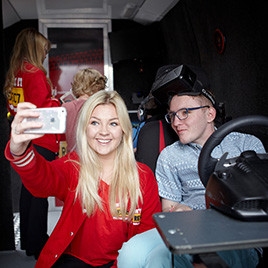What Has Experiential Marketing Got To Do With Road Safety
Added: 18th April 2016
I see a lot of road safety campaigns going down very similar lines and while they have been effective over the years, in todays millennial media world do these traditional methods still work with a generation of young drivers who consume media and live in a very different world to the one where the legendary “clunk, click” campaign convinced a generation to fasten their seat belts?
Today’s young drivers have been brought up in a world where “reality” television has shaped their view of the world, one where if you haven’t “shared it” it hasn’t happened. They don’t watch TV in the same numbers or in the same way, hello Netflix, they are increasingly turning away from analogue radio to digital stations, curated playlists, streaming services such as Spotify and with services such as Apple radio this trend will only continue to gain traction. This generation live in their mobile devices, their world is Instagram, Facebook, Snapchat, WhatsApp and if it’s not on a screen then they may never know it happened.
So how do you engage and create behavioural change when most of the traditional media channels are no longer relevant…
One thing that is key is the manner you try to engage, this generation want to be the content, they want to participate with the content and not just be given the content. A one way, top down message will not cut through and if it’s in a place they never visit even less so.
Road safety campaigns need to reflect this and need to have the end user at the central point. Having worked on road safety campaigns for over 8 years I have seen this change first hand and have found ways in which to re-engage with the new breed of young drivers.
Using live events and blending technologies such as augmented and virtual reality more often seen employed by big brands, we’ve been able to create road safety campaigns that resonate and feature real takeaways that create long-term change and embedded messaging, creating a two way conversation and one which they feel a real connection with.
Working in an integrated way to amplify the live events through social media, then with a digital partner creating social media campaigns that reinforce the message, ensures you find the demographic in the media space in which they will engage and one (which is the key) they will participate in.
We created the UK’s first Oculus Rift safe driving simulator which directly output to Facebook, crashed a virtual car into the a shop window again creating one of the first augmented experiences of its kind, used a Twitter Wall that showed the instant results of a Facebook/Twitter embedded quiz within a pop-up shop and creating live events which help to feed content for the social media channels. Engagement levels which typically see a rise and have helped to build a community of over 3460 likes on Facebook and 3780 on Twitter. With a massive active user based kept engaged with interesting, content with our digital partner using YouTube stars to create bespoke content and videos, which resulted in over 600,000 views in 2015.
With over 30,000 young drivers engaged with face to face over the past 3 years alone and in follow up research 86% of users saying their hazard perception had improved as a result of visiting a Road Respect event, highlights the power of creative, effective and amplified live events for supporting behavioural change.
Today it’s all about experience and that applies to road safety marketing as it does to any other area, if you’re still using the same methods then it’s time to put your user at the centre and engage with them as they live not as their parents did.
Check out our case studies or feel free to give us a call to pick our brains on how your campaign can get results.
Related Images
Categories





















